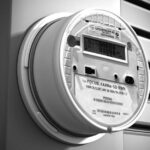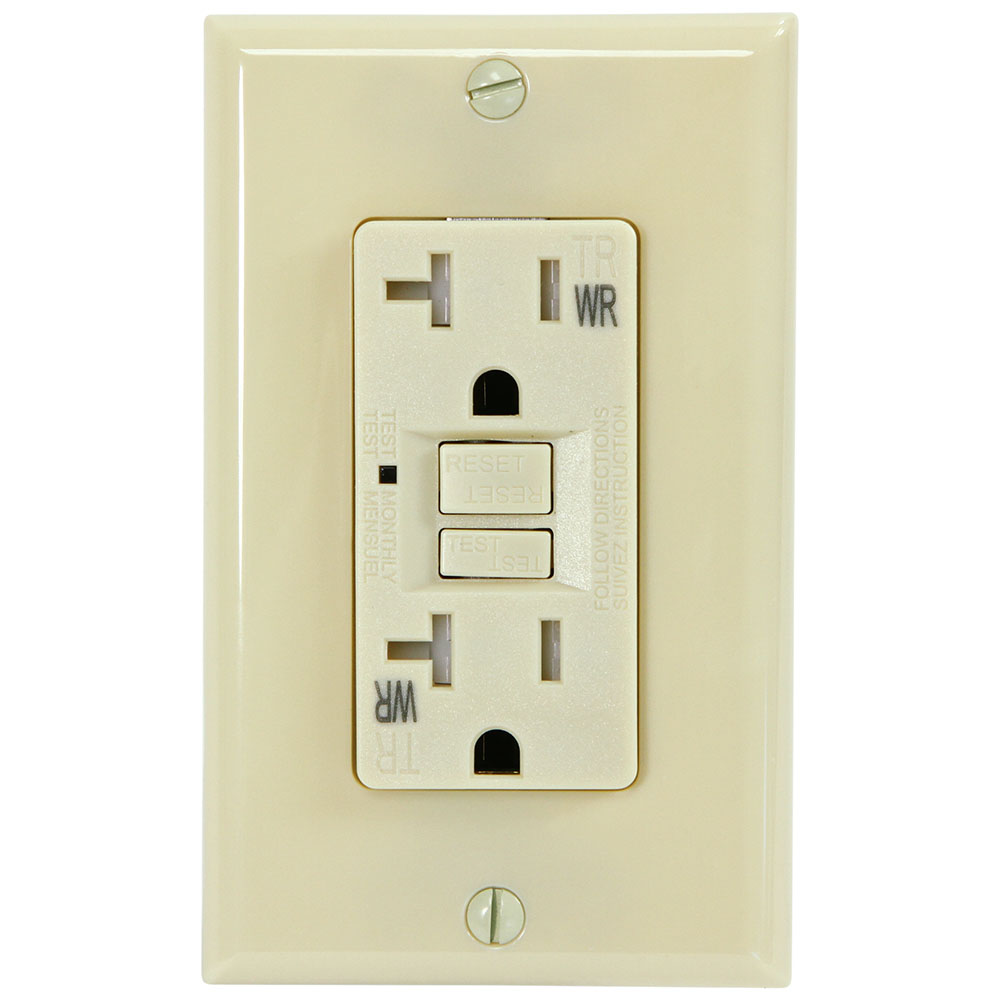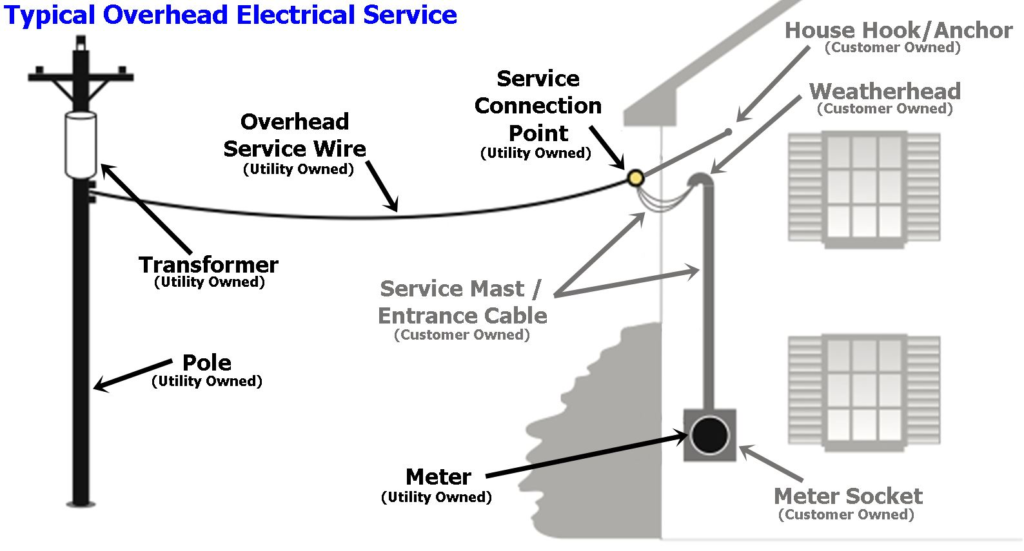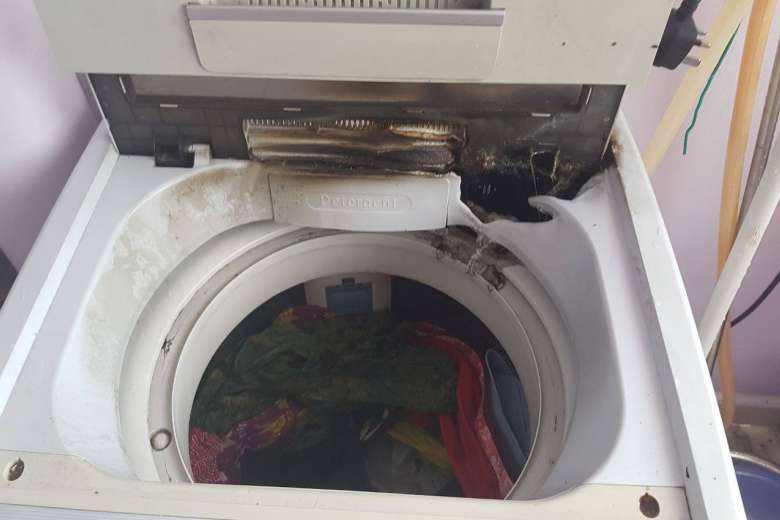
PSE&G is in the process of replacing 2.3 million electric meters with new smart meters. If you are a PSE&G electric customer, here is what you should know about the smart meter installation process.
If you are a PSE&G electric customer, here is what you should know about the smart meter installation process:
- The timing of your smart-meter installation will depend on the municipality you live in as crews make their way through our electric service territory from the north, south, and west.
- You will receive a letter in advance of your smart meter installation. You will also receive a reminder letter about two weeks from the smart-meter installation date.
- If your electric meter is located outside and is accessible, there is nothing you need to do.
- If your meter is located inside or is otherwise inaccessible, we will provide instructions on making an installation appointment in the reminder letter. You only need to make an installation appointment if the meter is located inside or is not accessible.
- Most installations take a few minutes with a brief interruption of power. The worker will leave a door hanger letting you know that they replaced the existing meter with a smart meter.
The new smart meter we install will provide you with several benefits, including:
- Automatic, near real-time meter reading that will eliminate almost all estimated electric bills.
- Near real-time power-outage detection and more efficient power restoration following storms.
- Enhanced electric-use information will allow you to make more informed energy decisions.
To learn more about our smart meter effort, please visit pseg.com/smartmeters.
NOTE: This PSE&G article has been reposted by Optimal Home Inspections as a service to our clients.






